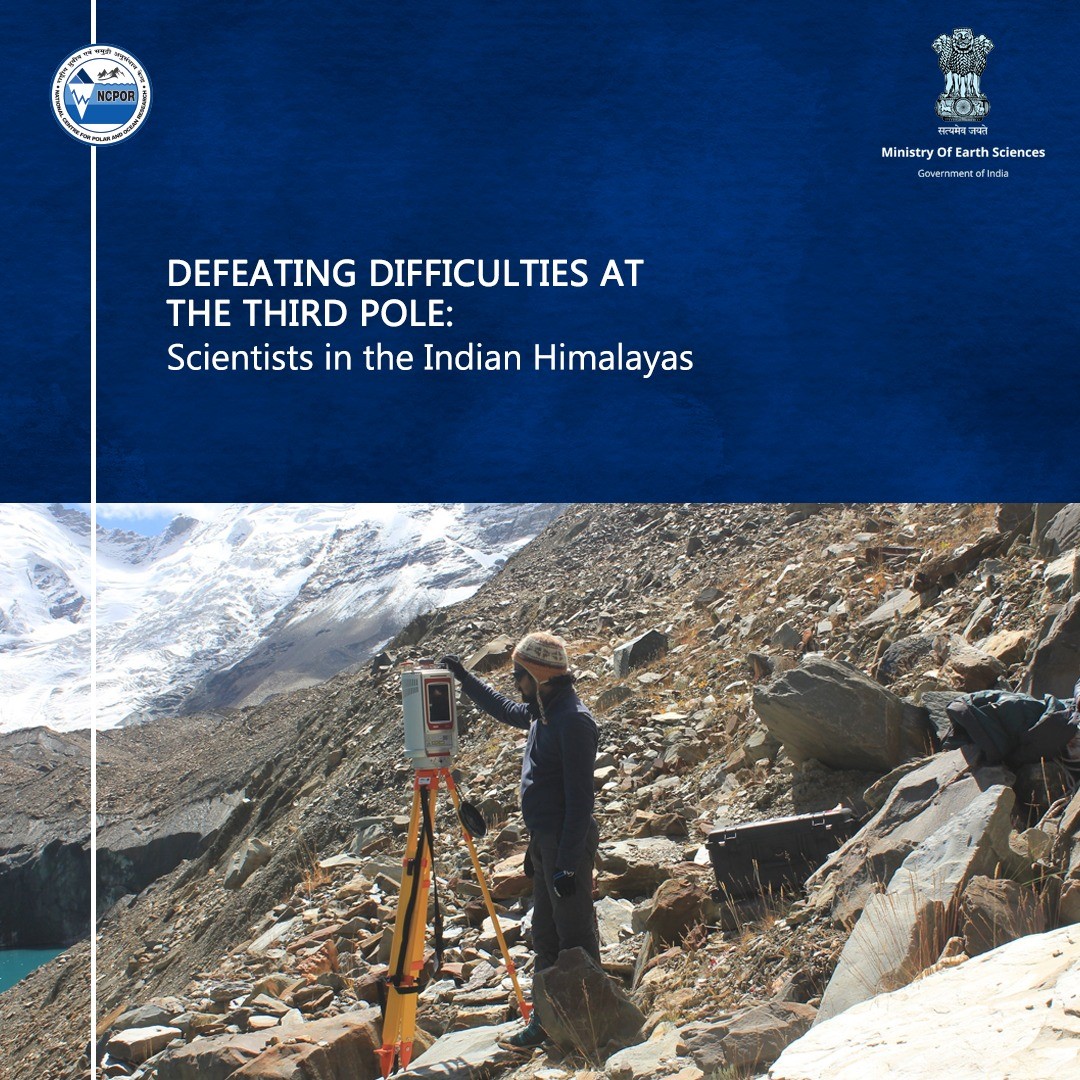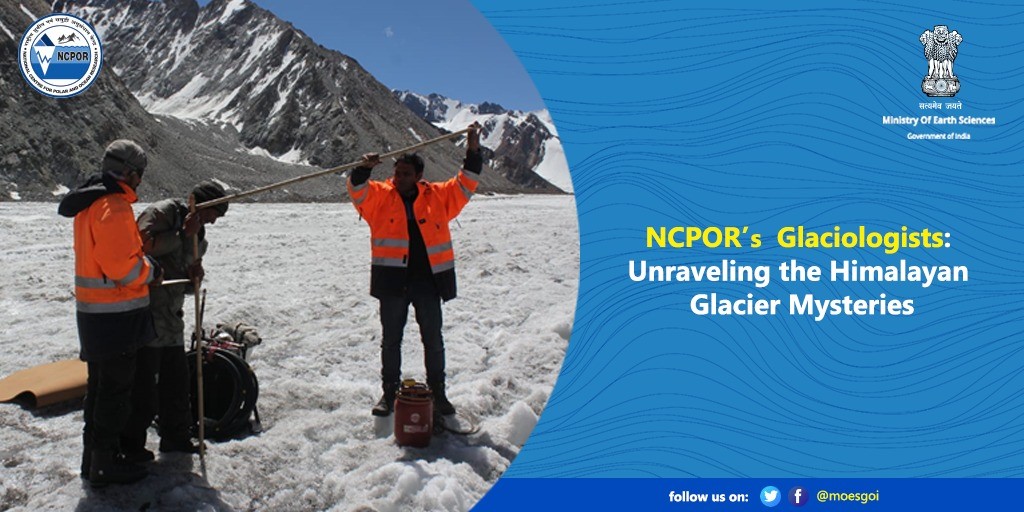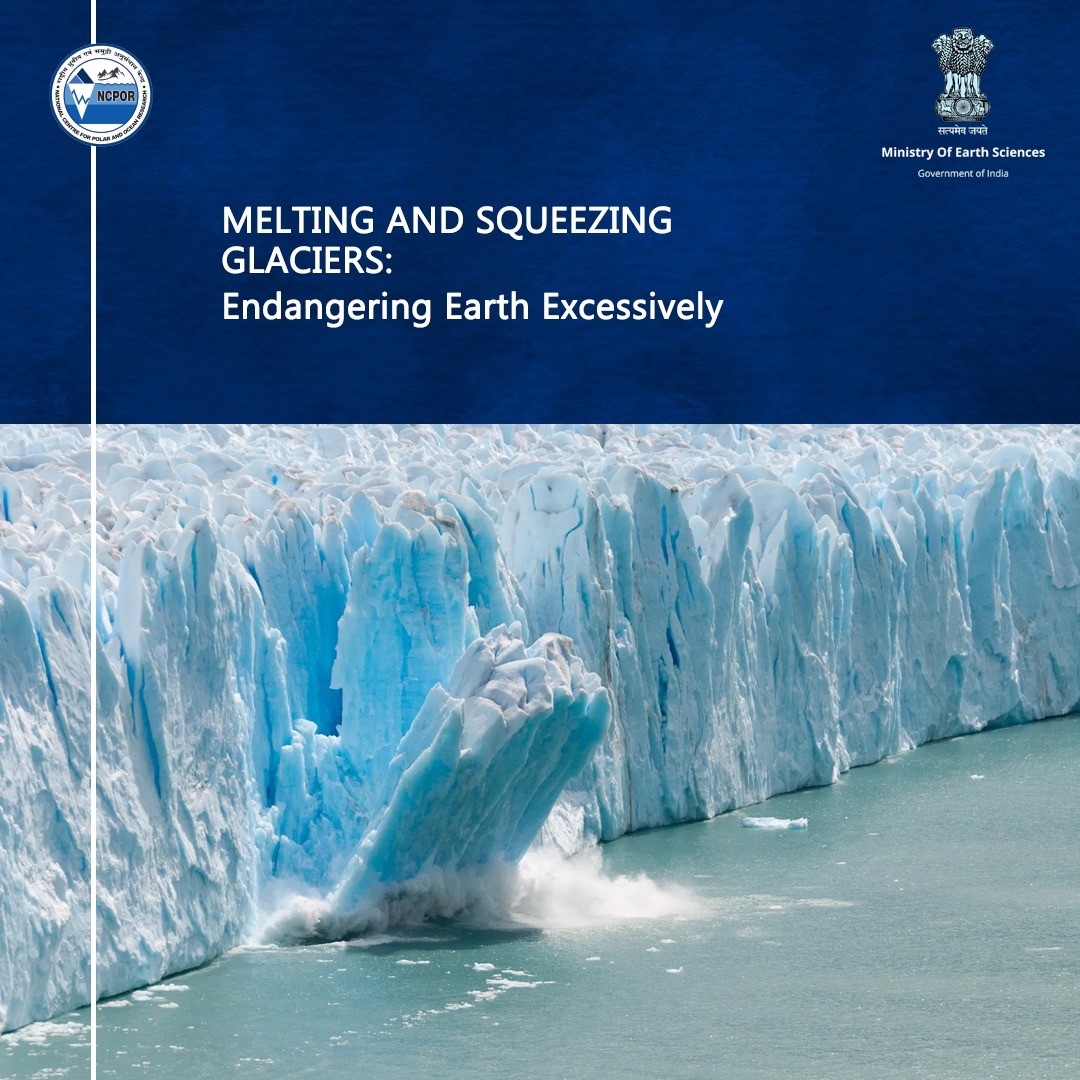
Today on #NationalScienceDay, the International Monsoons Project Office (IMPO) hosted at @iitmpune was launched by the Hon'ble Minister, @moesgoi, @DrJitendraSingh.
Read more : pib.gov.in/PressReleasePa…
Read more : pib.gov.in/PressReleasePa…

IMPO would serve as a global hub for monsoon research in India,fostered under the leadership of @moesgoi, the World Climate Research Programme & World Weather Research Programme of @WMO.
Reiterating the importance of monsoons for national economy, IMPO will encompass activities & connections related to international monsoons research.
The International Monsoons Project Office (IMPO) aims to strengthen monsoon research to decode the seasonal variability of monsoons, enhancing prediction skill of monsoons and cyclones, for better support to weather forecast operations and services. 

Watch the Hon'ble Minister, @moesgoi, @DrJitendraSingh speak at the IMPO launch event:
The International Monsoons Project Office (IMPO), set up under an agreement between the @WMO & the @iitmpune under the @moesgoi will streamline & conduct more focused research on monsoons across the world.
IMPO would give huge impetus to global monsoons research coordination in #India. It shall also support the activities of the Monsoons Panel, jointly established by @WCRP_CLIVAR & @GEWEX_WCRP core projects of the @WCRP_climate.
• • •
Missing some Tweet in this thread? You can try to
force a refresh








